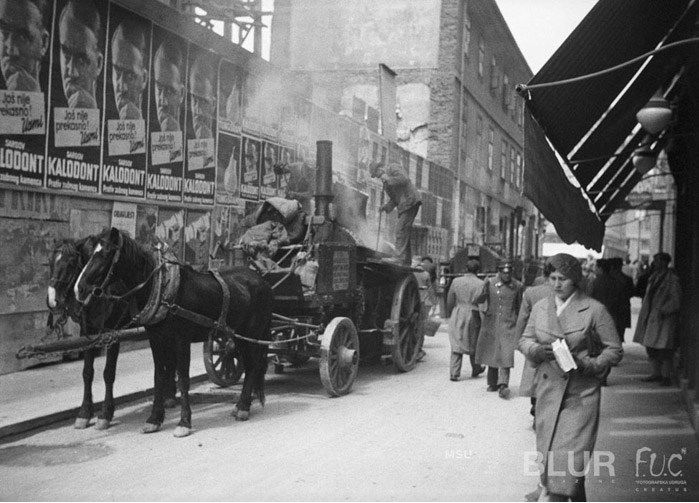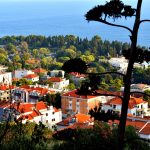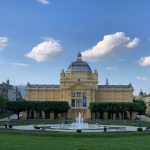Yesterday marked the 47th anniversary of Tošo Dabac’s death
The answer it pretty simple – Tošo Dabac was one of the greatest Zagreb photographers – the lyrical chronicler of everyday Zagreb.
Dabac had a very distinct style you can recognize immediately – his photos are black and white and they show street life in Zagreb in the thirties, during the Great Depression. Dabac’s impressive photographic opus of nearly 200,000 negatives is kept in the Tošo Dabac Archive, his former studio, managed by the Museum of Contemporary Art. You’ve probably walked past it a million times – it’s the shop with black and white photos on its windows in Ilica, across the street from Vincek.
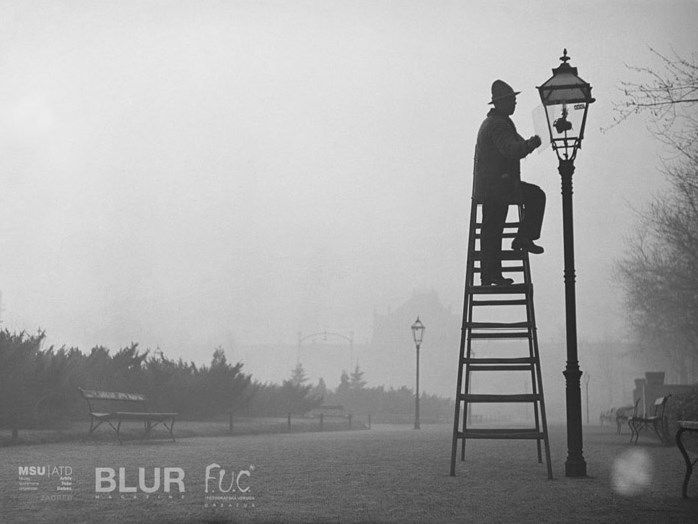
Dabac was born in 1907 near Bjelovar, but his family later moved to Samobor, where his first photograph was taken in 1925. He attended Royal Classical Gymnasium and enrolled into Faculty of Law, but he gave up studying Law when he started working as a translator and press officer for Metro-Goldwyn-Mayer, and later Metro Megafon Magazine.
We already mentioned that his first photo was taken in 1925; his first amateur exhibition was held in Ivanec in 1932, and he started working as a professional photojournalist in collaboration with Đuro Janeković that same year.
He immediately became immensely popular – his works were selected for an exhibition at the Second International Photography Salon in Prague and put on display at Second Philadelphia International Salon of Photography held at the Philadelphia Museum of Art. After that, he worked as a photojournalist, and one of his most famous series of photographs, first exhibited under the title Misery (Croatian: Bijeda) but later renamed Street People (Croatian: Ljudi s ulice), was created after this period.
Success followed in both his personal and professional life: he opened a photograph studio, got married, his street photographs were selected for the Fourth International Salon held at the American Museum of Natural History in New York and his Road to the Guillotine (Croatian: Put na giljotinu) claimed an award. Later that year, his work was shown at group exhibitions held at the San Francisco Museum of Art and the Boston Camera Club, where another of his photographs, the Philosopher of Life (Croatian: Filozof života) got a prize.
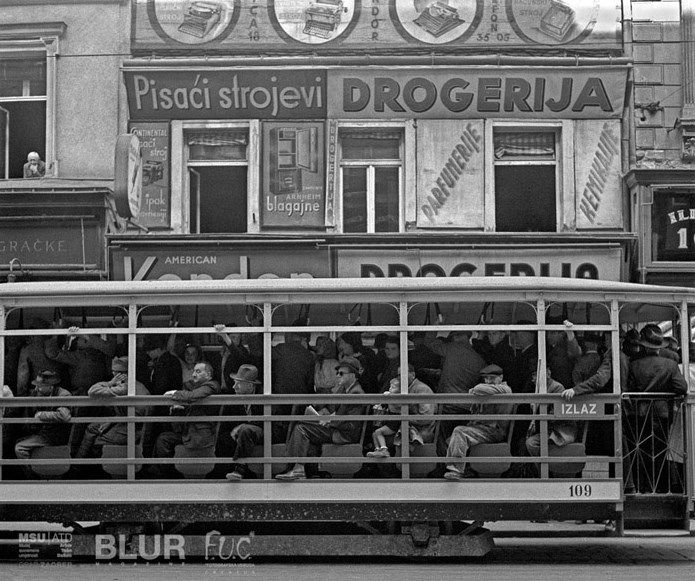
He soon moved his studio to Ilica 17, where he continued to work until his death, and the studio became a popular gathering spot for Zagreb artists, especially after World War II, when Dabac joined the Croatian Association of Visual Artists (Croatian: Udruženje likovnih umjetnika Hrvatske or ULUH).
After that, he started photographing nature and tourist sites as well, in Istria in Dubrovnik, for example, and continued having his works shown at international exhibitions, and there was one in particular which has since gained cult status – Das menschliche Antlitz Europas, along with Robert Capa, Werner Bischof, Edward Steichen and others, in 1960.
He gained numerous awards and prizes for his work, both nationally and internationally.
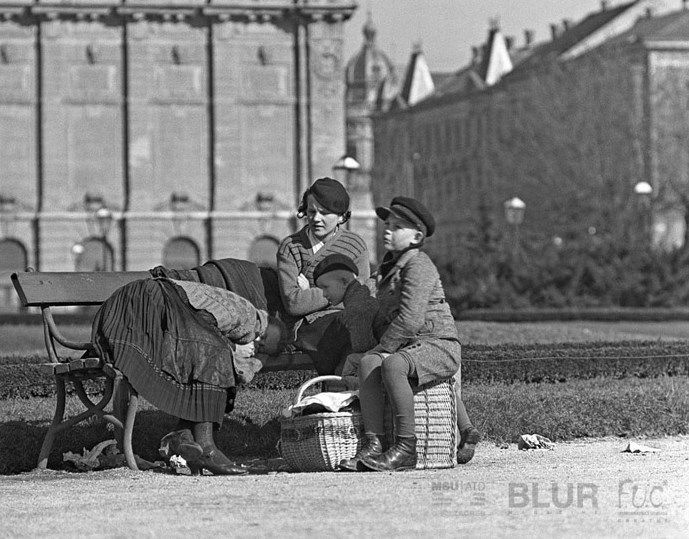
Tošo Dabac died on May 9, 1970 in Zagreb and was buried at Mirogoj Cemetery. An annual award bearing his name was established in 1975, given to best photographers by Fotoklub Zagreb.
His work inspired many other photographers since, and an online gallery called ZGB art web gallery has been established to display some of the Dabac-inspired works. Click here to see more.
You can find more of his amazing photographs here.
All photos from www.tosodabac.com

